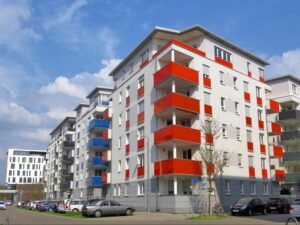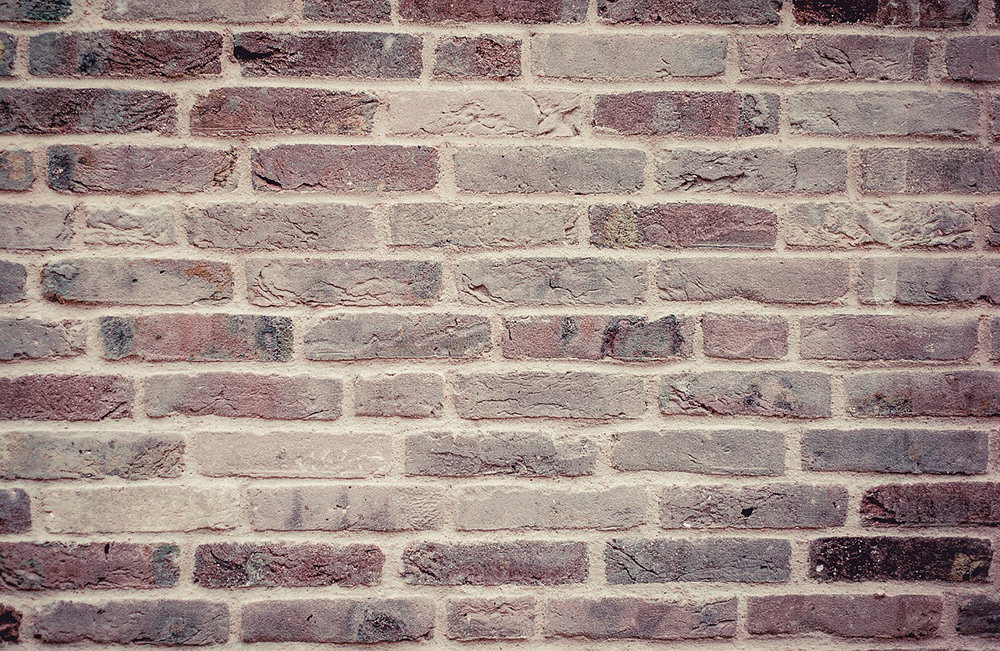
A Guide To Traditional Building Materials For Period Property Restoration
Restoring a period property is a labour of love that requires a deep understanding of historical architecture and a commitment to preserving the charm of
Menu

Restoring a period property is a labour of love that requires a deep understanding of historical architecture and a commitment to preserving the charm of

In a world that’s becoming increasingly environmentally conscious, many homeowners and renovators seek eco-friendly alternatives for their projects. Whether it’s a historic restoration, redecorating with

In the realm of urban renewal, sustainability has become a cornerstone of modern development. The need for environmentally conscious solutions has never been more apparent

Old brick walls can add character and charm to any building, but they can also deteriorate over time. The mortar between the brickwork can crumble and fall out, leaving the wall unstable and susceptible to damage. Fortunately, repairing old brick walls with lime mortar is an effective solution that can preserve the beauty and strength of the wall for years to come.
Repairing old brick walls with lime mortar is an effective way to restore the beauty and strength of a building. Lime mortar is flexible, breathable, and durable, making it an ideal material for repairing old brick walls. By following these steps, you can repair old brick walls with lime mortar and ensure that they will last for years to come.
Here are the steps to follow:
Lime mortar is a type of mortar made from a mixture of lime, sand, and water. It is a traditional building material that has been used for centuries in construction, particularly in the building of historic structures.
Lime mortar is known for its ability to breathe, which means that it allows moisture to evaporate from the building materials. This is important because it prevents moisture from becoming trapped within the walls, which can lead to damage over time. Lime mortar also has a certain degree of flexibility, which allows it to absorb the natural movements of a building without cracking.
There are two main types of lime mortar, hydraulic lime mortar and non-hydraulic lime mortar. Hydraulic lime mortar is made from lime that has been mixed with hydraulic additives, such as clay or cement, to give it the ability to set and harden in damp conditions. Non-hydraulic lime mortar, on the other hand, sets and hardens through a process of carbonation, which occurs when the lime reacts with the carbon dioxide in the air.
Lime mortar is still used today in the restoration of historic buildings and for the construction of new buildings that are designed to be sympathetic to traditional building methods. It is valued for its durability, sustainability, and low environmental impact, as well as its aesthetic qualities.
Well, from us! Old House Store is a company based in Reading that specialises in providing a wide range of traditional building materials, including lime mortar. Lime mortar is an essential material for those who are restoring or renovating old buildings, and Old House Store has a reputation for providing high-quality products that are suitable for all types of projects.
We offer a range of different lime mortar mixes, including hydraulic lime mortar, NHL lime mortar, and lime putty mortar. All our products are made from the finest quality materials and are designed to meet the needs of builders, architects, specialist brickwork contractors and homeowners who are looking for authentic and reliable building materials. Whether you are looking to repair a historic building or to construct a new one using traditional methods, Old House Store is an excellent place to start.
Before you begin the repair process, it’s important to assess the damage to the wall. Look for any loose bricks, cracks, or missing mortar. Make note of the areas that need attention so that you can address them during the repair process. You’ll also want to assess the overall condition of the wall to determine if it needs to be cleaned or if there is any mould or mildew that needs to be removed.
Before applying the new lime mortar, you’ll need to remove any damaged or deteriorated mortar from the wall. You can use a chisel or a grinder to carefully remove the old mortar, being careful not to damage the bricks. The depth of the joint you create will depend on the size of the brick and the depth of the original joint. Generally, joints should be at least 10mm deep to provide adequate bonding. Clean the area thoroughly with a wire brush or scraper to remove any debris and dust.
To prepare the lime mortar, you’ll need to mix lime putty with sand and water. Lime putty is made by soaking quicklime in water for several weeks to create a slaked lime. Once you have the lime putty, you can mix it with sand and water to create a lime mortar that is appropriate for your project.
Lime mortar is a blend of lime, sand, and water. Mix the lime and sand together in a 3:1 ratio, and then gradually add water until you achieve the desired consistency. The lime mortar should be sticky, but not runny.
Once the lime mortar is mixed, you can use a trowel to apply it to the brick wall. You’ll want to work in small sections, starting at the bottom and working your way up. You can use a pointing trowel to press the mortar into the joints, making sure that it fills the gaps between the bricks. Make sure to fill in any gaps or cracks, and smooth the surface with the trowel.
Lime mortar takes longer to dry than modern cement mortar, so be patient. Allow the mortar to dry for at least 24 hours before doing anything else. Cover the repaired area with a damp cloth to keep it from drying out too quickly, which can cause the lime to crack.
Once the lime mortar has dried, use a soft-bristled brush to remove any excess mortar from the bricks. This will help to give the wall a clean, finished appearance.
In conclusion, repairing an old brick wall with lime mortar requires patience and attention to detail. By carefully evaluating the condition of the wall, removing the damaged mortar, cleaning the surface of the bricks, preparing the lime mortar, and applying it correctly, you can restore the beauty and integrity of a historic brick wall. With proper maintenance, a lime mortar repair can last for decades, ensuring that the wall remains strong and stable for years to come. The process of repairing an old brick wall with lime mortar is not a difficult one, but it does require patience and attention to detail. By carefully evaluating the condition of the wall and removing any damaged mortar before beginning repair work, you can ensure that your repair lasts for decades to come.